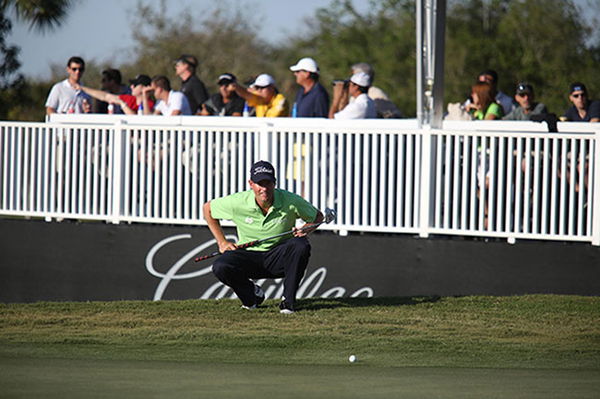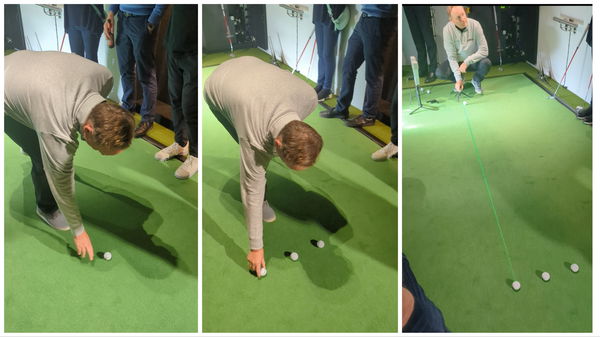Masterclass: No.3 How to read greens
Top short game coach John Cook tells you how to read greens

A crucial difference between professional and amateur golfers is the pro's skill in reading the green - knowing in advance how the ball is going to roll on its journey towards the hole.
Some greens are almost perfectly flat but others, especially those roller-coaster seaside links, have all kinds of subtle borrows and undulations which can take the ball on a wild ride to its preferred destination.
Before you decide on the line to hit a putt, you must also decide whether you intend the ball to hit the back of the hole and drop - or die over the lip.
Whichever you choose, the line will be completely different. A firm putt will be on a straighter line than one which takes the borrow.
If the line is not obvious, having looked at it from behind the ball, try to read the line from the other side of the hole. It can quite often be easier to read.
But take care not to use up too much time doing this to ensure the pace of play is maintained. It’s best done quietly and efficiently while your playing partners are lining up their own putts.
When you have made your mind up, pick a point on the line where you think the ball is going to start to break towards the hole (in lawn bowls they call it the shoulder) and try to roll your ball over that line.
You will find this far easier than gauging the swing of the putt over the whole distance and it will lead to more accuracy in your green reading.
Also when reading putts, err on the ‘professional’ side. By this I mean that if, for example, a putt breaks substantially from left to right allow a touch more on the outside of the line.
As the ball then dies towards the hole, a putt delivered on the professional side allows for it to drop ‘in the side door’. One that’s underhit will always be falling on the low side.
Unlike most of the world’s best known golf coaches John Cook has dedicated his coaching career to teaching juniors to become Tour players and amateur players to become better players.
For more tips check out the rest of the masterclass series
Article first published July 2004, updated May 2013











